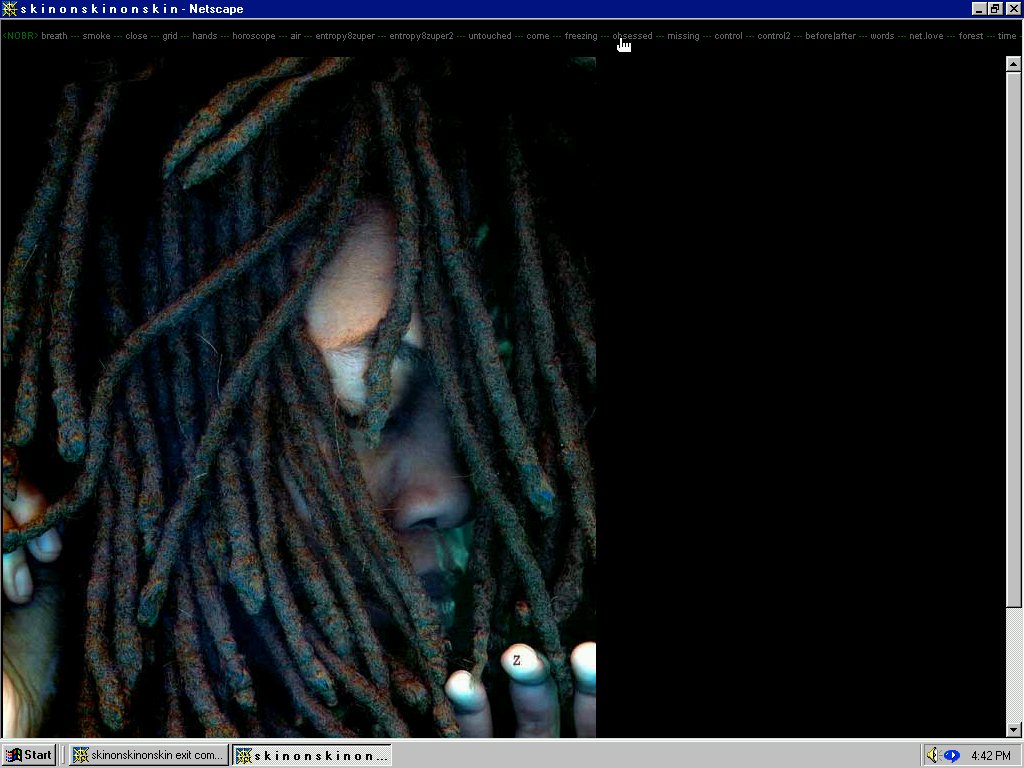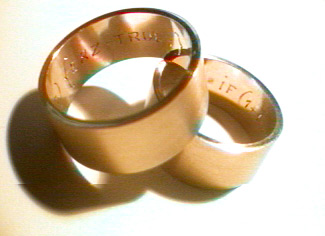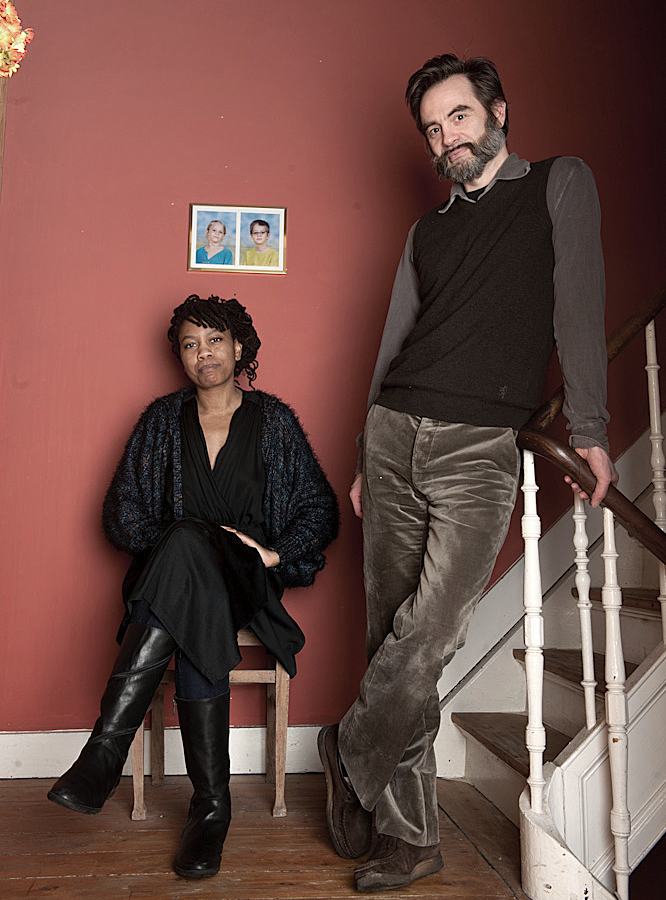This essay accompanies the presentation of Entropy8Zuper!’s skinonskinonskin (1999) as part of the online exhibition Net Art Anthology.
skinonskinonskin began in 1999 the day after its creators, net artists and web designers Auriea Harvey (Entropy8) and Michaël Samyn (Zuper!) met on “a private parallel web,” hell.com.1 At the time, Harvey was based in New York City and Samyn was based in Belgium. After meeting in hell, Samyn sent Harvey a link to breath.html, a page on a locked server. Harvey explains: “as i moved my mouse, it mirrored the motion of my pointer. it breathed. i fell in love. he fell in love. i sent him a webpage back. we did this, back and forth, for several weeks…” skinonskinonskin is their first correspondences, letters, records of this long distance love affair, animated by code. These pages were purposefully secret and meant only for Harvey and Samyn. Video chat was in its infancy and speaking on the phone was exorbitant; as much as they wanted to hear one another’s voices (and they did see glimpses of each other via slow glitchy webcam), they wanted more to feel a deeper connection with one another, touching one another through the cursor, hearing the other’s heart beat, listening to the other breathe.
In the late ’90s, the internet as a form and a space—the wires as Harvey and Samyn (now Entropy8Zuper!) call it—was still in a sort of childhood. The coding languages and technology that would become the building blocks for its next iterations, Flash and JavaScript, were just beginning to gain traction but were nowhere near reaching their ubiquitous status of the early ’00s. In skinonskinonskin, Harvey and Samyan use two languages: one the familiar language of unrequited long distance love, and the other code, a mixture of JavaScript, HTML, and Flash. Entropy8Zuper! took up the at times absurd task of trying to immortalize with their new technology sensations that are inherently fleeting: hearing your lover’s heart beat in their chest, listening to your lover breathe as they sleep. Take the foundation page for skinonskinonskin, breath.html:
breath.html
<SCRIPT LANGUAGE="Javascript">
<!--
whispers = new Array();
whispers[0] = "breath me";
whispers[1] = "i will love you forever";
whispers[2] = "skin";
whispers[3] = "skin on skin";
whispers[4] = "skin on skin on skin";
whispers[5] = "implode";
whispers[6] = "soft";
whispers[7] = "slow";
whispers[8] = "can you feel me?";
whispers[9] = "touch me";
whispers[10] = "one more cigarette";
whispers[11] = "i am so open";
whispers[12] = "i want to feel you inside of me";
whispers[13] = "smoke";
whispers[14] = "i want to breathe you";
whispers[15] = "we are smoke";
whispers[16] = "yesss";
whispers[17] = "deeper";
whispers[18] = "i am disappearing";
whispers[19] = "warm";
Following the format of breath.html, each page of skinonskinonskin is a love letter, code, and output. Some pages are clear. “come” for example, begins on the grid of a series of images of a warehouse, when the user clicks on one of the images a body (we assume Harvey’s), moves quickly in GIF fashion towards the front of the image until their body creates a darkness, and then it goes white. Each image follows the same pattern, as if to imply “come to me,” or “I will come to you,” and upon arrival bliss, over and over. A few clear pages later, “forest” proves quite unclear. What are these red leaves, where are we, who is there, what kind of forest is this? Is this distance depicted in the net?
 screenshot from skinskinonskin as seen in Netscape 4.
screenshot from skinskinonskin as seen in Netscape 4.
When reading someone else’s love letters it is hard to figure out what each part of the letter means. There is a twinge of embarrassment too. Should I be seeing this? Love is, in this way, filled with secrets twists and turns. Cliches. Fantasy. A show and play for two. As Vladimir Nabokov writes in a letter to his beloved Vera: “[y]ou came into my life—not as one comes to visit…but as one comes to a kingdom where all the rivers have been waiting for your reflection, all the roads, for your steps.”
Harvey: “[w]e felt a special magic, a ‘technoromanticism’ of the web, back then. And the web became a part of our story… We wanted people to realize that this place wasn’t about machines, but people.” You can fall in love with someone you have never seen before. Was this the ultimate virtual act?
In their Postmasters Gallery press release statement from April 2000 they explain:
It began as a form of secret communication DHTMLove over the ocean. A place for us to take refuge and to make real the fantasies that were rooted in our cheating hearts.2 Page by page we built the site and then released it as a pay-per-view experience to guard its personal content. Limiting viewing to just those on the net who really had a burning desire to see what had been going on behind closed doors.
To reveal on the internet a love affair between two people was completely new in 1999. But why would Samyn and Harvey, on a private and shadowy platform, with no pressures social or cultural, share their love online? Harvey: “it seemed that the time was right to release our love to the world. and to leave our old lives behind.” To absorb yourself into another, who knows only this most current iteration of you IS leaving your old self, your old life behind; for Harvey & Samyn, life began in 1999. To fall in love is some sort of recognition of the time and place in which you live, but in its breathless, selfish banality remains timeless. Why not share this rebirth, ignoring the pain of former lovers? Was skinonskinonskin, and its sharing on hell.com, a birth announcement? It IS exhilarating to fall in love, to suddenly see the entire world with new eyes and then to name that world, to translate it to your most familiar languages.
The importance of skinonskinonskin is situated firmly in 1999 and the year 2000. The exit comments for skinonskinonskin further this dialogue, they position the work in its time, noting the innovation and later the speed at which technologies and their novelty become obsolete. From 146.135.27.10, on 6/16/99: “The sensual qualities are arousing. The voyeuristic nature of this work/art/passion is sinful/decadent/yummy. Slick and ragged at the same time-- ruff is good you brought knowledge to how this [the web] can be intimate.” 205.169.249.29 notes on 6/21/99: “It was a good show of artistic ability. The scenes were a little monotonous and were lacking something. I think that maybe more of a personalized touch on some of the scenes would have been an improvement. Very talented work, though. I enjoyed the visit.” 2 years later, judiG: “Loved your site forever, but still trying to figure out what I just paid for. Still love your work. You are talented. (But I”m a hard workin sista and need to see my money welllll spent, ya know?)” Can interactivity be a metaphor for touch after the web’s rapid escalation in content?

Aureia Harvey and Michaël Samyn's wedding rings, engraved with code.
Further, what does it mean to make “love for sale”? Does this make the love harder to transfer, to share with the outside world, to share outside of its birth year? Is love meant to be bought and sold? Having been in love myself, I know there is a great deal of labor involved. These life-altering loves take over your life, steal your time, masquerade as obsession, pick you up, knock you down, steal your mind, time. There are the tokens to be given and received; the fits of insecurity, infidelity, failure, excitement. It’s a lot of work to be in love. To make that life-altering preoccupation available to others to witness is another added form of work, and since this is a society revolving around capitalism, it would make sense for the creators of such a love to charge to view the ephemera from it. But what to do with this sticky feeling? To pay to view implies I am a voyeur. I suppose I am, but it’s 2017 and I hear that’s more acceptable now. I do like to know what other people are up to and what they think of being alive, of falling in love, of the newest frappuccino flavor, their outward selves. Compulsively, as the now hyper-social, hyper-subjective, hyper-mobile web mandates, we share our thoughts, curate them, they’re meant to be scrolled through, not sat with, nor read over and over again.
Because skinonskinonskin was designed for the Nestcape 4 browser format, it is no longer fully viewable in its original context.3 Yes, there are plugins but the full experience, dial-up on a non HD screen, no tabs—that experience is gone. It is this balance between the historical web and the insular nature of the letters themselves that prove the largest triumph of skinonskinonskin. To do what they did then was extraordinary, technically and emotionally.
Love (like the internet) grows and changes over time. After three months, Harvey moved to Belgium and their need to connect from afar was ameliorated. Their love could exist without the wires; they could focus on different ways to manipulate the digital universe to support and contour their relationship. Like the media that supported it, skinonskinonskin was finished, there were new platforms, languages, forms to fall for, new ways of constructing intimacy through the wires.

Auriea Harvey and Michaël Samyn.
Notes:
1. According to the genesis section of their collaborative entity entropy8zuper.org also, “the residents of HELL collaborated and explored interactive media.”
2. In this conversation in another piece, under your desk, both Harvey and Samyn allude that they had other serious partners before they met.
3. For this exhibition, Netscape 4 has been restored by Rhizome's digital preservation team, allowing the work to be viewed in its original environment again.
